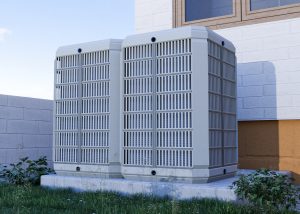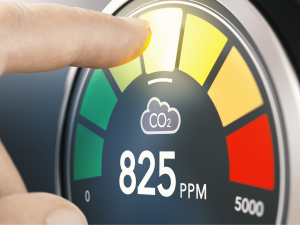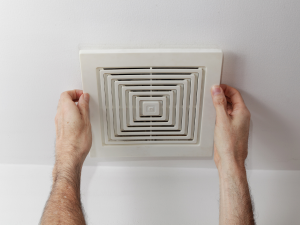Heat pumps are unique HVAC systems, allowing both heating and cooling to happen from just one system.
THanks to their ability to act as two systems, more and more homeowners are looking into investing in a heat pump. In many cases, heat pumps are equally great options for business owners as well, allowing them the same benefits, while also giving them additional room for their equipment and the goods they sell.
One question that often comes up whenever someone looks into getting a heat pump is “what size heat pump do I need?”.
Although it’s not a well known detail, the size of your heat pump can actually greatly impact the efficiency of how it heats or cools the building.
In order to work to its maximum efficiency without any negative impacts, proper heat pump sizing is needed.
This article will teach you how to size a heat pump, what kinds of systems there are and how to get the most out of your heat pump when buying a new one.
Once you’ve made your choice, you can contact our team at Clover Contracting to schedule an appointment to install your new heat pump.
Why you should look into properly sizing a heat pump
The main purpose of a heat pump is to draw in heat before releasing it. When put into heating mode, the pump draws in heat from the outdoors and releases it inside.
When it gets too hot inside, the opposite happens and your heat pump releases the heat outside. This combination of heating and cooling in one system can reduce the amount of energy your home uses and can even save you $600 or more every year.
The most important thing you need to consider, though, is the size of the heat pump you’re getting. In order to understand the specific answer to “what size heat pump do I need?”, you also need to know why getting the wrong size is risky.
The size best suited to your home works in both hot and cold weather to efficiently remove and bring in heat, in each respective season.
However, wrongly sizing a heat pump for a house or business can actually cause more problems.
A heat pump that’s too small will need extra heating in the form of strips to properly keep your home warm during the winter. An oversized pump, on the other hand, can overheat some rooms and inevitably start to frequently turn on and off. In both cases, you’ll definitely end up seeing a large increase in electricity and energy costs, which is something nobody wants.
The different kinds of heat pumps
If you’re interested in getting a heat pump for your home or business, you’ll be glad to know that there are several different kinds.
Water source
One of the most environmentally friendly options of the three main kinds of heat pumps. As the name suggests, these heat pumps draw heat from water during the winter and release heat into the same water during the summer. While the other types of heat pumps often have open systems to draw in and release heat, many water source versions are closed and allow the water to heat up naturally.
Geothermal
Similar to water source heat pumps, the geothermal variety draws in heat from the ground instead of the outside air. In order to work well, geothermal heat pumps have piping buried under the ground through which air is pushed through.
In cooling mode, the heat disperses out into the ground while heating mode pulls the heat in. Depending on whether or not your ideal pump is built to support this, some geothermal heat pumps – and some water source – can also provide hot water as well.
Air source
The standard and most well known type of heat pump available on the market is the air source heat pump. Typically, whenever a company, homeowner or technician is talking about heat pumps, they’re most often referring to these types.
Much like the other two kinds, air source pumps have an outdoor unit through which heat is pulled in and released. Additionally, like traditional air conditioners and furnaces, an air source heat pump draws in air via pipes.
What you need to consider first
When looking into how to size a heat pump, you first need to consider a few factors before you buy and install one. As we mentioned earlier in this article, a wrongly sized pump can actually cost you more money and not work efficiently. So before you make a choice, look into these factors and how your home or business is affected.
Though it may not seem that way at first, the age of your home is incredibly important, as is the overall climate of where you live or work.
Older buildings often have both air leaks and less efficient insulation and need more energy to maintain a steady temperature. Additionally, if your building’s further up north, the heat pump will need to provide more heating during the winter since the air and ground tend to get quite cold. The colder the location you’re in and the older the building is, the more likely it is that you’ll need a bigger heat pump.
How to size your heat pump
There are two main ways you can properly size your heat pump for your home or business.
While there is a way to do it by yourself, it does require a smart thermostat that many buildings don’t have. Instead, you’ll need to work with a contractor to do a blower door test which will provide you with a “Manual J Load Calculation” when combined with other location and climate data. That calculation will then get you the industry standard size for your heat pump.
Takeaway
Though it’s highly recommended that you call in a contractor to help, the answer to the question, “what size heat pump do I need?” can be quite simple when you don’t consider the specifics.
Much like other HVAC systems, the correct size for your home or business provides enough heating to warm all the rooms evenly, without using up too much energy.
In a simple way, you only need to consider the age of the building and the climate to get a good idea of the size you need.




